Recep Akif Tasci
RIS-Assisted Grant-Free NOMA
Jul 23, 2022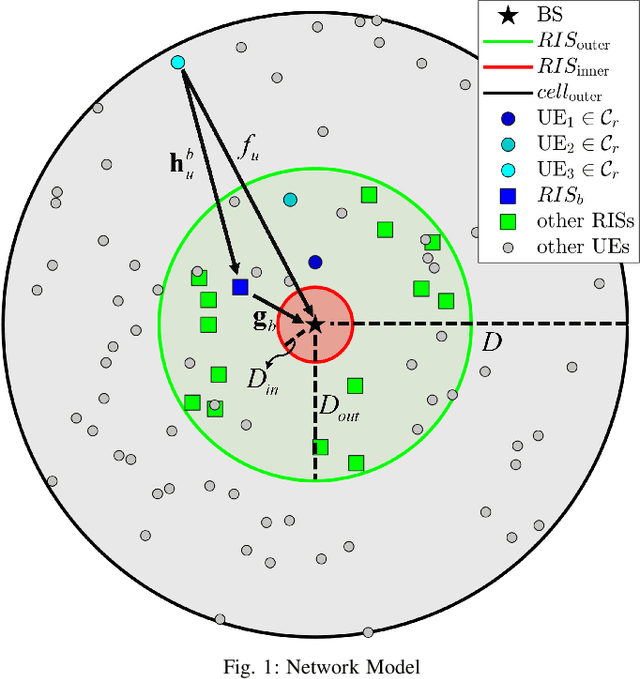
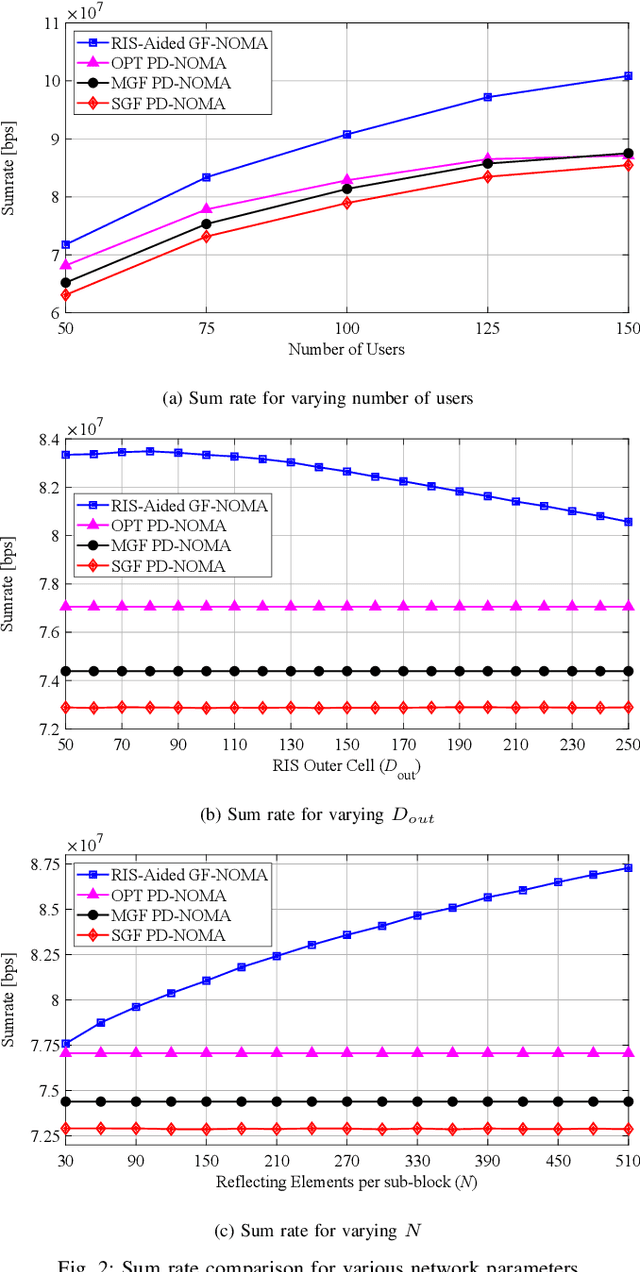
Abstract:This paper introduces a reconfigurable intelligent surface (RIS)-assisted grant-free non-orthogonal multiple-access (GF-NOMA) scheme. To ensure the power reception disparity required by the power domain NOMA (PD-NOMA), we propose a joint user clustering and RIS assignment/alignment approach that maximizes the network sum rate by judiciously pairing user equipments (UEs) with distinct channel gains, assigning RISs to proper clusters, and aligning RIS phase shifts to the cluster members yielding the highest cluster sum rate. Once UEs are acknowledged with the cluster index, they are allowed to access their resource blocks (RBs) at any time requiring neither further grant acquisitions from the base station (BS) nor power control as all UEs are requested to transmit at the same power. In this way, the proposed approach performs an implicit over-the-air power control with minimal control signaling between BS and UEs, which has shown to deliver up to 20% higher network sum rate than benchmark GF-NOMA and optimal grant-based PD-NOMA schemes depending on the network parameters. The given numerical results also investigate the impact of UE density, RIS deployment, and RIS hardware specifications on the overall performance of the proposed RIS-aided GF-NOMA scheme.
An Amplifying RIS Architecture with a Single Power Amplifier: Energy Efficiency and Error Performance Analysis
Nov 18, 2021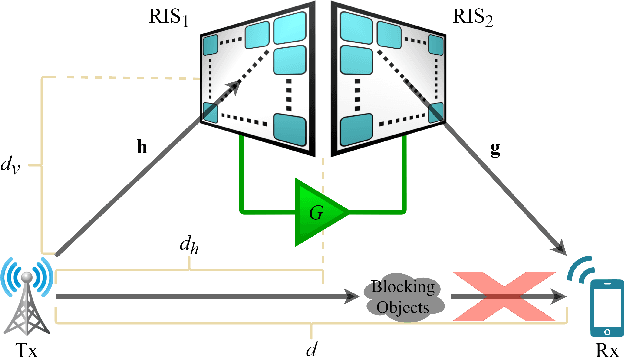
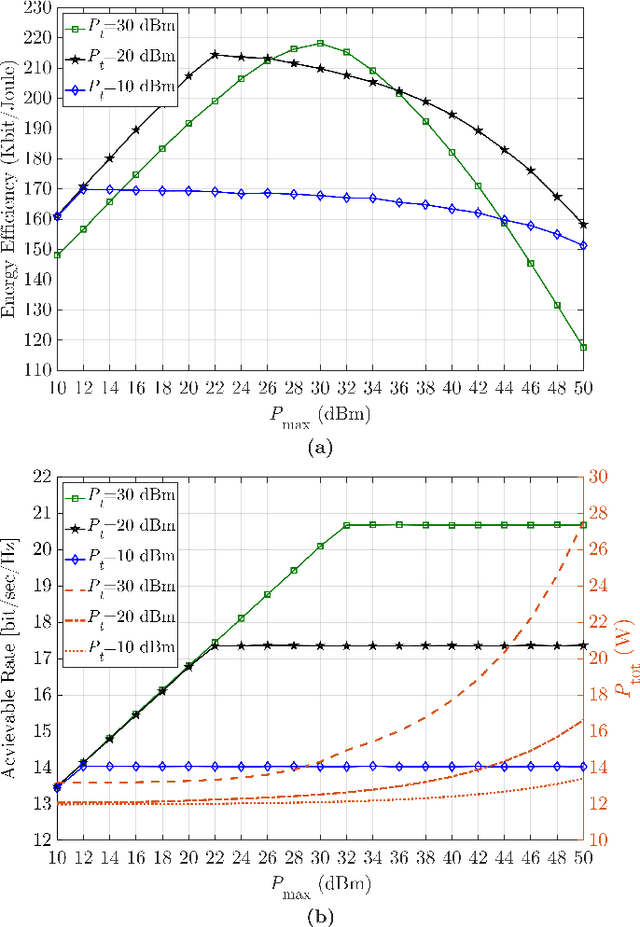
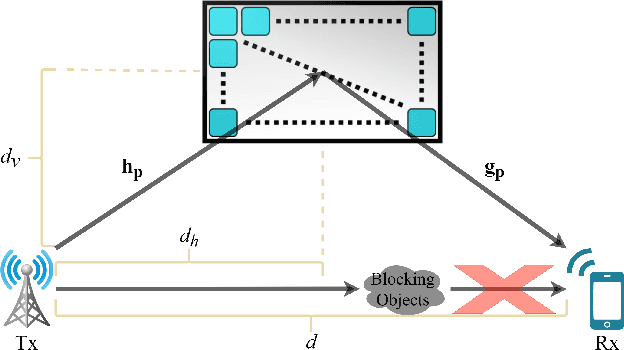
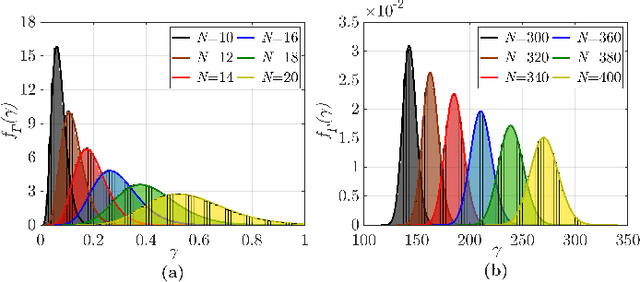
Abstract:Reconfigurable intelligent surfaces (RISs) have recently attracted the attention of the community as a potential candidate for next generation of wireless communication networks. Various studies have been carried out on this technology, which allows the control of the signal propagation environment. However, when an RIS is used in its inherently passive structure, it appears to be only a supportive technology for communications, while suffering from a multiplicative path loss. Therefore, researchers have lately begun to focus on RIS hardware designs with minimal active elements to further boost the benefits of this technology. In this paper, we present a simple hardware architecture for RISs including a single variable gain amplifier for reflection amplification to confront the multiplicative path loss. The end-to-end signal model for communication systems assisted with the proposed amplifying RIS design is presented, together with an analysis for the capacity maximization and the theoretical bit error probability performance, which is verified by computer simulations. In addition, the advantages of the proposed amplifying RIS design compared to its passive counterpart are discussed. It is shown that the proposed RIS-based system significantly eliminates the double fading problem appearing in conventional passive RIS-assisted systems as well as improves the energy efficiency.
 Add to Chrome
Add to Chrome Add to Firefox
Add to Firefox Add to Edge
Add to Edge